2) TEMPERATURE: The optimum growing temperatures (day and night) vary for different
plant species and different varieties within a species. Eg. for most Tomatoes, germination and post-emergence temperatures = 23-25 C (74-77 F). Production optimum temperatures = 22 C (72 F) day/20C (68 F) night.
3) RELATIVE HUMIDITY (RH): The amount of water in the air compared to the total amount of water that the air can hold at a given temperature. %RH = Amount of water in the air X 100 Amount of water possible at a given temp. As the temperature increases the amount of water that the air can hold increases. When the air is saturated water molecules condense. This causes clouds when at altitude or fog when near the ground. How does this relate to tomato plants growing in a greenhouse? As the RH increases around the leaf (concentration of water molecules outside increases) it makes it more difficult for the water molecules inside the leaf to move out (transpiration) via diffusion (the passive movement of a substance from high to low concentration . Therefore, as the RH increases, transpiration decreases, water and therefore
nutrient movement decrease, and nutrient deficiencies can result. ALSO, as RH increases and transpiration decreases, leaf temperatures often increase, since transpiration is the plant’s way of cooling itself.
Optimum RH range for tomatoes (and most plants) = 55% - 95%. During hot, dry weather, fan and pad cooling adds moisture to the air. On hot, humid days, fan and pad cooling adds moisture but does not cool as well. During cool, damp weather, RH inside the greenhouse can approach 95%.
4) CARBON DIOXIDE: As mentioned earlier, carbon dioxide is critical for photosynthesis and enrichment is most important during the Winter on cold mornings. Outside ambient levels are around 330 ppm, part per million, (higher in cities due to industrial exhaust products). Enrichment = 800 to 1000 ppm.
5) AIR CIRCULATIONS: This avoids pockets of high or low temperature, humidity or carbon dioxide. This also reduces the BOUNDARY LAYER (the physical “still air” layer around
the leaf) so that proper gas exchange and transpiration can occur. When cooling fans are off use HAF (horizontal air flow) fans in the upper part of the greenhouse.
6) OXYGEN: All parts of the plant require oxygen for respiration. There is usually no problem supplying the top part of the plant with enough. But waterlogging and high temps. will inhibit oxygen movement to the roots.























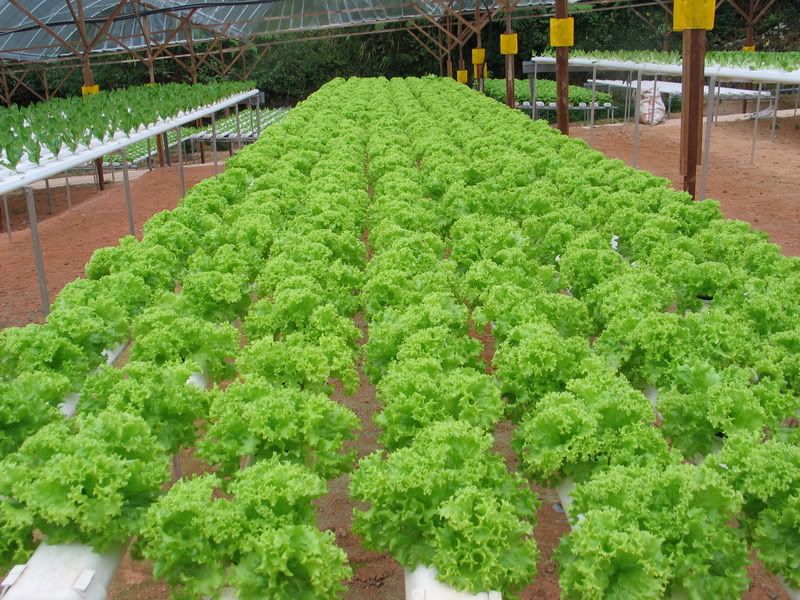
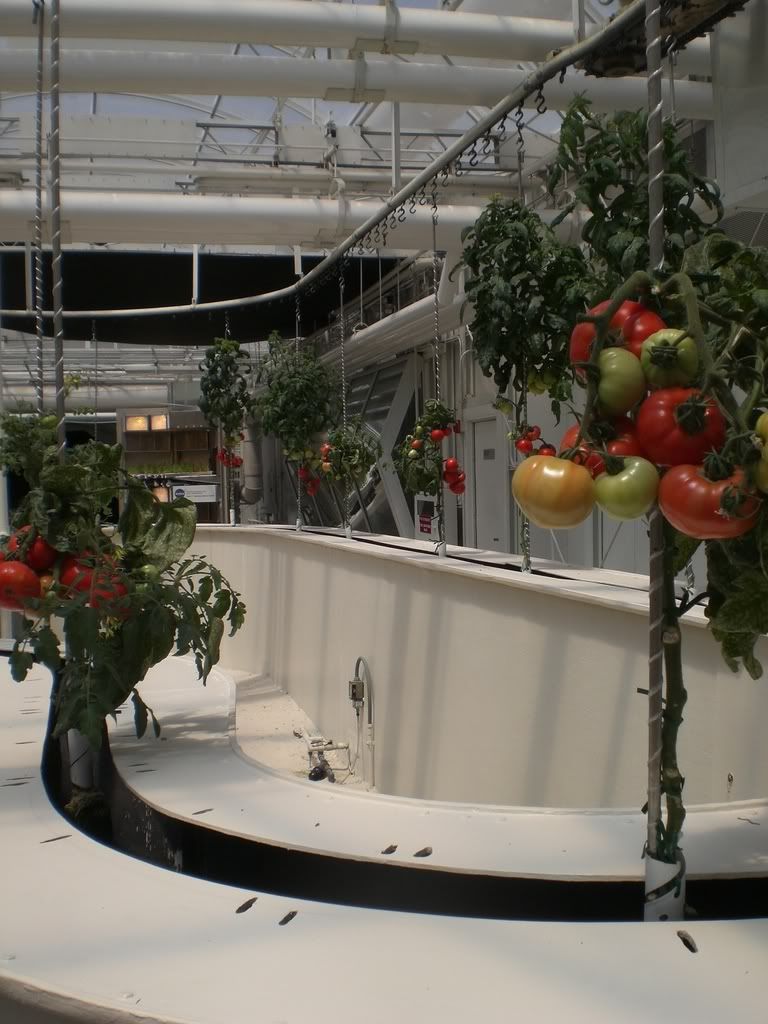
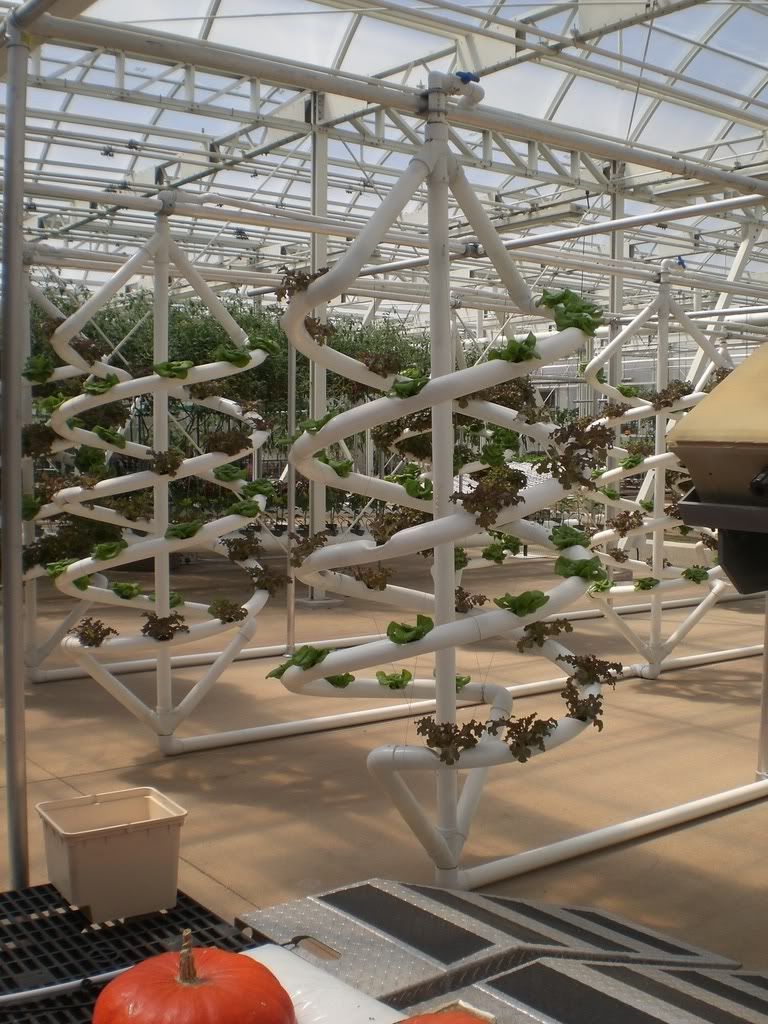
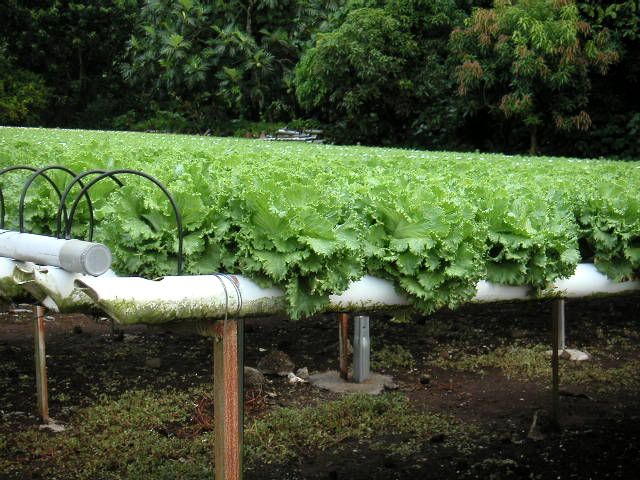
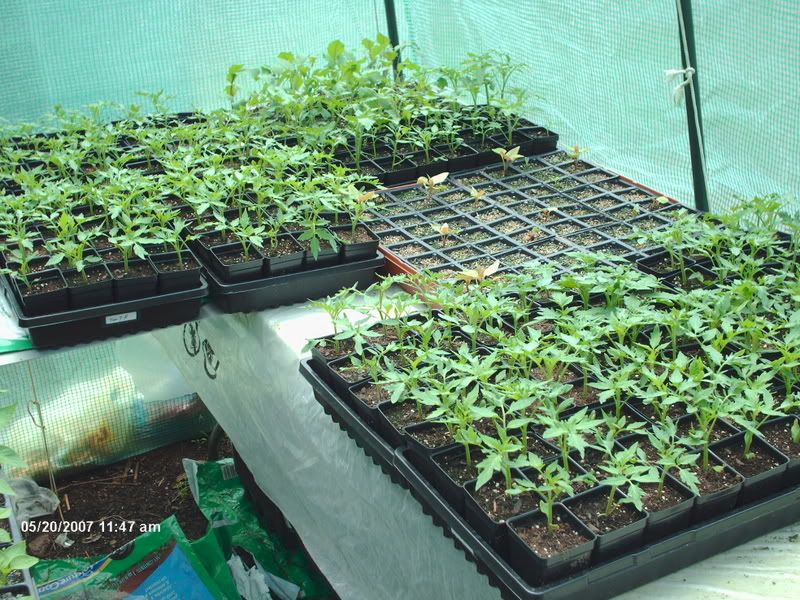
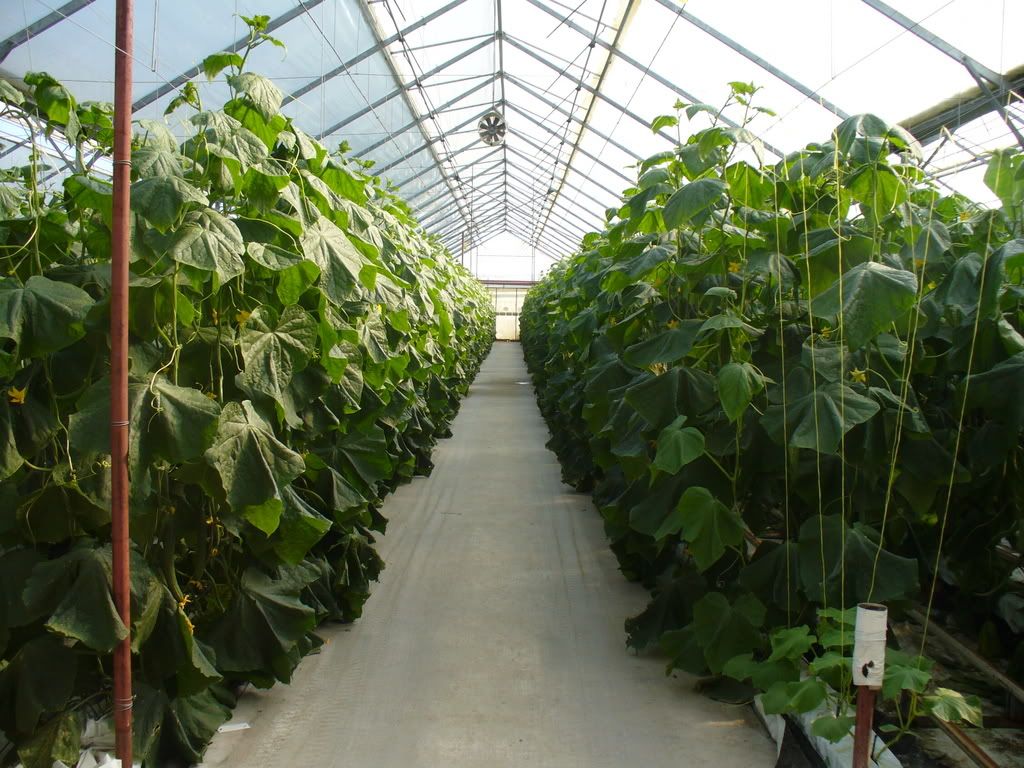
No comments:
Post a Comment